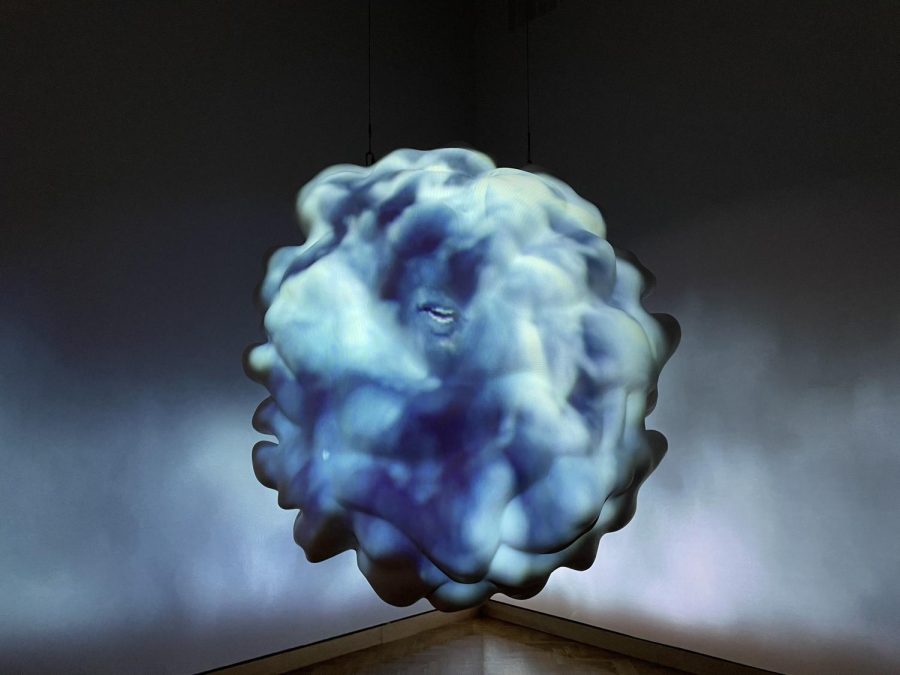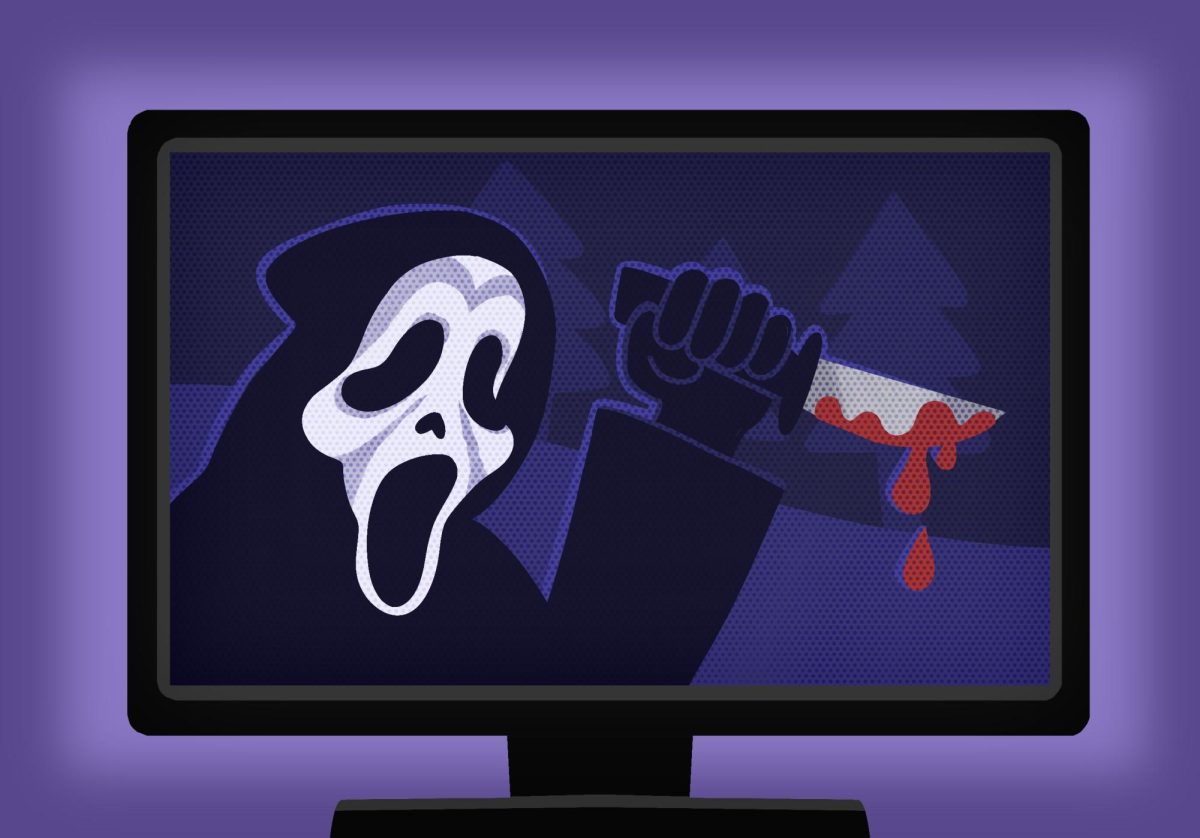Spirits are everywhere in American culture and history. We tell ghost stories by campfires, play with Ouija boards and consume paranormal media like it’s a full-time job just to feel something.
Robert Cozzolino, the curator for the Minneapolis Institute of Art (Mia)’s “Supernatural America,” knows that these spirits aren’t just some fun sideshow for most people. This country is also a place of genocide, atrocity and war, where the results of these actions still linger today.
“This exhibition is at heart about contact, about a will to make contact with the otherworldly,” Cozzolino begins in the audio guide for “Supernatural America.”
The gallery itself explores the occult side of American history through four main themes, each with their own unique takes on reality. It mainly features works by historical artists but includes several current working artists, culminating in 150 paintings, sculptures and presentations that attempt to document the unseeable.
The exhibit opened late last month in Mia’s Target Gallery and will remain at the Mia until mid-May. “This is a show where you wanna read every plaque,” Cozzolino said. “Each one of these people is individually super fascinating, but a lot of them are dismissed as weird.”
The gallery aims to incorporate artists who are traditionally underrepresented because of their beliefs or identities and join them together. “The past and present are speaking to each other constantly,” Cozzolino explained of the living artists’ intentions, adding that the combination of time periods is purposeful. “I’ve really valued the collaboration with the contemporary artists.”
The gallery opens with the theme of “America as a haunted place,” featuring works that explore the ghosts of legends past (and present) that inhabit the country’s own landscape. This section lays bare the hidden parts of our history and the things that lurk in dark forests and abandoned places, according to Cozzolino. Visions of spectral beings drifting through open fields, haunted buildings and towns that breathe adorn the walls.
The second section holds an exploration of “National and personal haunting,” a similar subject but an important distinction. Memory is of utmost importance here, according to Cozzolino, as remembering grief and confronting the idea of spirits (and the past traumas that made them) is the only way to move forward.
“Objects and rituals for the spirit” follows, brandishing tools of mediums’ past, visual representations of communing with spirits and plenty of cursed objects. In speaking of all the rituals of the past, Cozzolino mentioned the Mia’s own ritual prior to the gallery’s opening: inviting a Lakota elder to say a blessing over the gallery and aid any lingering spirits in passing on.
Alien abductions, obelisks and conspiracy theories energize the next and final room of the gallery, “Plural Universes,” inviting visitors to consider new ways of thinking.
“It’s really important to think of the creative process and how the artists think about their worldview. We can’t discount it if we don’t believe in it,” Cozzolino said. “It doesn’t mean it’s not valid to these people.”














